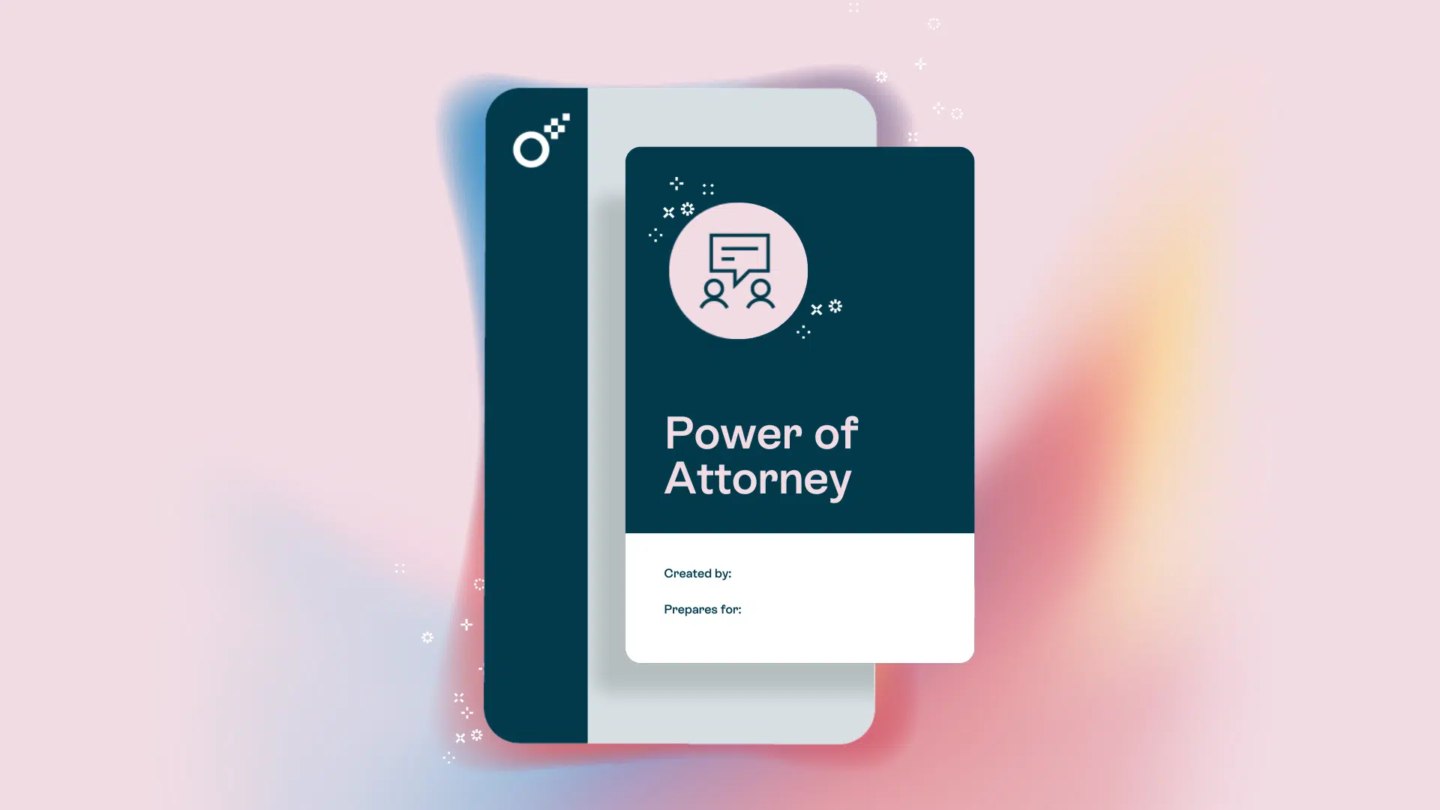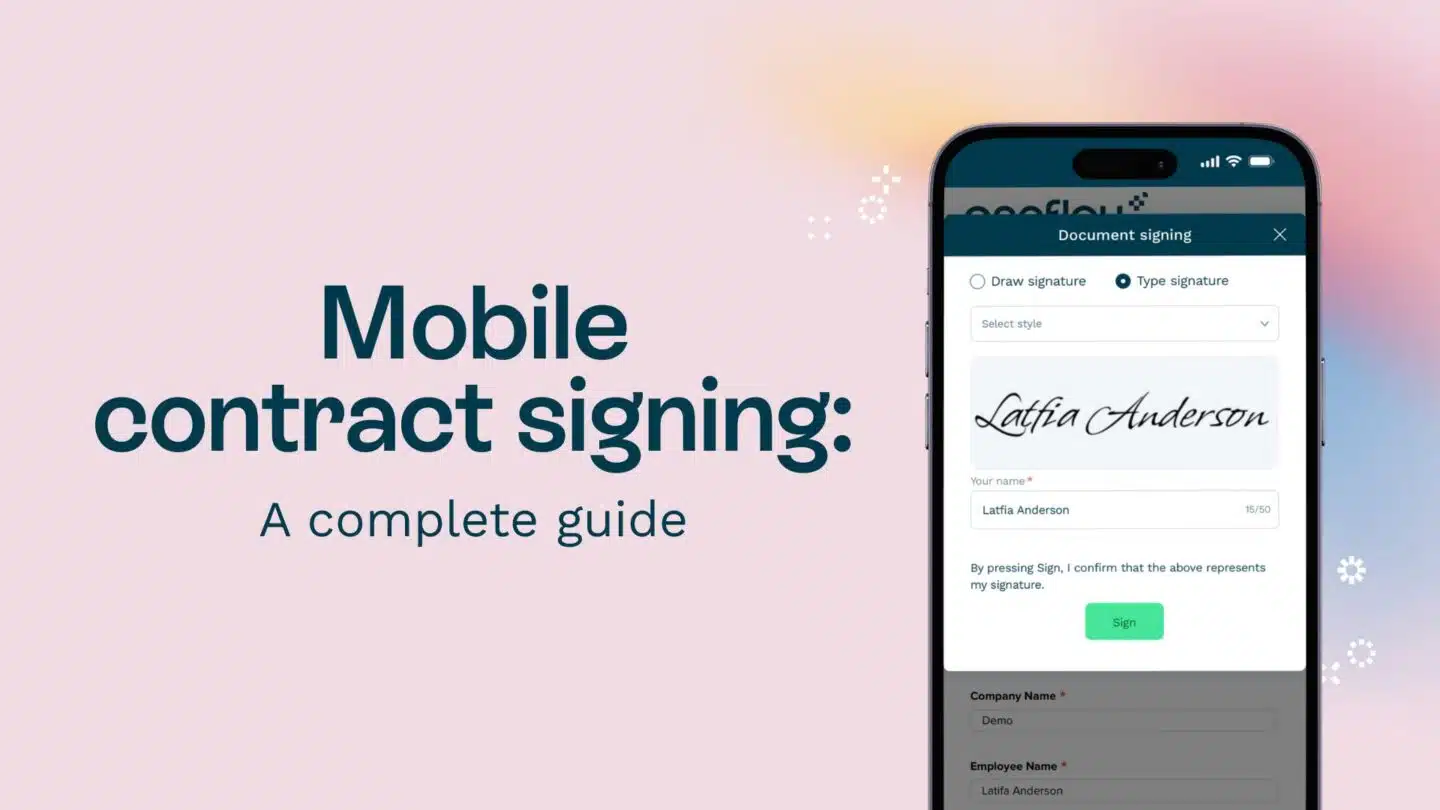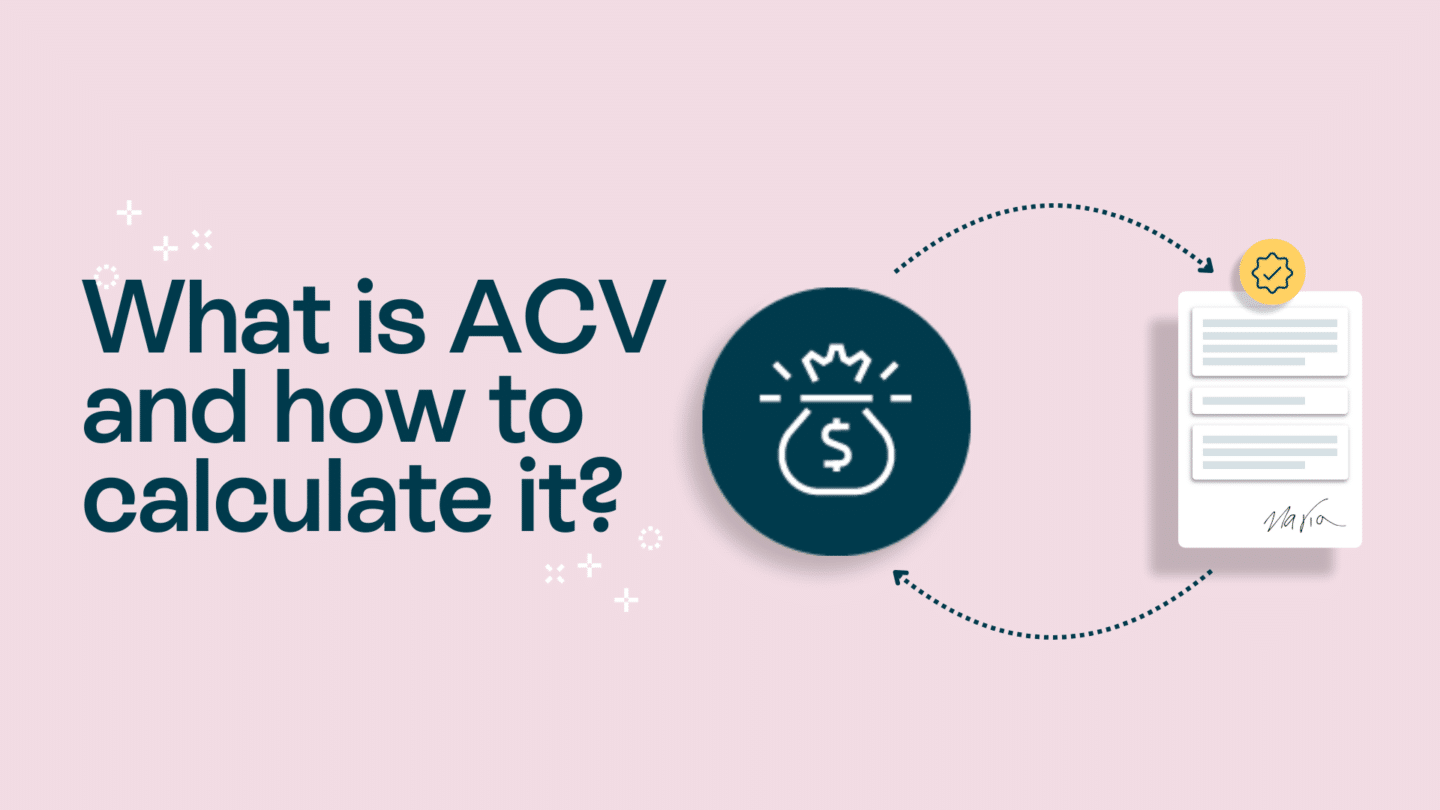A sales pipeline is a crucial concept in the world of sales. It is a visual representation of the stages a potential customer goes through before making a purchase. A well-designed sales pipeline can help businesses track and manage their sales process effectively, ensuring a steady flow of leads and conversions. In this complete guide, we will explore what a sales pipeline is and how you can build and optimise it for your business’s success.
1. What is a sales pipeline?
Before diving into the details, let’s start with the basics. A sales pipeline is a systematic approach to selling that guides salespeople through a series of steps from lead generation to closing the deal. It provides a clear structure for managing sales opportunities, helping businesses understand where each lead stands in the sales process.
The pipeline typically consists of different stages, such as prospecting, qualification, proposal, negotiation, and closing. Each stage represents a specific milestone in the buyer’s journey and requires different actions and strategies from the sales team.
By visualising the sales pipeline, businesses can get a comprehensive view of their sales activities, identify bottlenecks, and make data-driven decisions to improve their conversion rates and overall sales performance.
Moreover, a well-defined sales pipeline not only streamlines the sales process but also enables sales teams to forecast future revenue more accurately. By tracking the progress of leads through each stage of the pipeline, businesses can predict potential sales figures and allocate resources effectively to meet their targets.
Additionally, the sales pipeline serves as a valuable tool for sales managers to monitor the performance of individual sales reps and the team as a whole. It allows them to identify top-performing strategies, areas for improvement, and coaching opportunities to enhance the overall effectiveness of the sales process.
Read also: Flow through the sales cycle

2. How do you build a sales pipeline?
Building a sales pipeline is a multi-step process that requires careful planning and execution. Here are the key steps to follow:
- Define your target audience: Start by identifying your ideal customer profile. Who are you trying to sell to? What are their pain points and challenges? Understanding your target audience will help you tailor your sales approach and messaging.
- Generate leads: Once you have defined your target audience, it’s time to generate leads. Use a combination of marketing tactics, such as content marketing, social media, email campaigns, and networking events, to attract potential customers to your business.
- Qualify leads: Not all leads are ready to make a purchase. It’s essential to qualify your leads and determine their level of interest and readiness to buy. Qualifying leads helps you prioritise your efforts and focus on those with the highest likelihood of converting into customers.
- Create a standardised sales process: Develop a systematic sales process that outlines the specific stages and actions required to move a lead through the pipeline. This process should be based on your industry, target audience, and the unique characteristics of your business.
- Nurture leads: Once a lead enters the pipeline, it’s crucial to nurture them with relevant and valuable content. This could include personalised emails, educational resources, and targeted offers. The goal is to build trust and keep the lead engaged throughout the sales journey.
- Track and analyse data: To optimise your sales pipeline, you need to track and analyse relevant data. Monitor key metrics such as conversion rates, sales cycle length, and average deal size. Identify patterns and areas for improvement, and make data-driven adjustments to your sales process.
- Continuously refine and optimise: Building a sales pipeline is an ongoing process. It requires constant monitoring, analysis, and refinement. Be open to feedback, test new strategies, and adapt your approach to align with the ever-changing needs of your target audience and market.
Now that we have covered the key steps to building a sales pipeline, let’s dive deeper into each stage to provide you with a comprehensive understanding of the process.
When defining your target audience, it’s important to go beyond basic demographics. Take the time to understand their motivations, goals, and pain points. This will allow you to tailor your sales messaging and approach to resonate with their specific needs. Conducting market research, analysing customer feedback, and engaging in conversations with your target audience can provide valuable insights.
Generating leads is a crucial step in building a sales pipeline. However, it’s not just about quantity; quality matters too. Instead of casting a wide net, focus on attracting leads that are most likely to convert into customers. This can be achieved by creating targeted content that addresses their pain points and offers valuable solutions. By positioning yourself as an industry expert and providing valuable resources, you can attract leads who are genuinely interested in what you have to offer.
3. What is an example of a sales pipeline?
Let’s take a look at a typical example of a sales pipeline for a software-as-a-service (SaaS) company, like Oneflow:
Stage 1: Lead generation – In this stage, the company employs various strategies to attract potential customers. Content marketing involves creating valuable and informative content, such as blog posts and whitepapers, to establish the company as a thought leader in the industry. Search engine optimisation ensures that the company’s website ranks high in search engine results, increasing visibility and attracting organic traffic. Paid advertising, on the other hand, allows the company to reach a wider audience through targeted ads on platforms like Google AdWords and social media.
Stage 2: Qualification – Once leads are generated, the sales team faces the challenge of determining which leads are worth pursuing. They carefully assess the leads’ budget, needs, and decision-making authority to ensure they align with the company’s ideal customer profile. This stage requires effective communication and active listening skills to gather the necessary information and make informed decisions.
Stage 3: Product demo – The product demo is a critical stage where the sales team showcases the software’s features and benefits. They need to tailor the demo to address the specific pain points and requirements of each lead. This stage requires a deep understanding of the software’s capabilities and the ability to effectively communicate its value proposition to potential customers.
Stage 4: Proposal – After the demo, the sales team prepares a detailed proposal that outlines the pricing, implementation process, and additional services available. This stage requires careful consideration of the lead’s budget and requirements to create a tailored proposal that meets their needs. The sales team must also ensure transparency and clarity in the proposal to avoid any misunderstandings or surprises later in the sales process.
Stage 5: Negotiation – Negotiation can be a complex and delicate stage, as both parties strive to find a mutually beneficial agreement. The sales team needs to understand the lead’s priorities, address any concerns or objections, and find common ground. This stage requires strong negotiation skills, the ability to think creatively, and a focus on building a long-term relationship with the customer.
Stage 6: Closing – The final stage is closing the deal, where the sales team works closely with the lead to address any last-minute concerns or objections and finalise the contract. This stage requires attention to detail, effective communication, and the ability to handle any unexpected challenges that may arise. The sales team must ensure that the customer feels confident and satisfied with their decision to move forward.
By understanding the nuances of each stage in the sales pipeline, companies can optimise their sales process, improve conversion rates, and ultimately drive revenue growth. A well-structured sales pipeline provides a roadmap for sales teams to follow, ensuring a consistent and efficient approach to converting prospects into loyal customers.
Read also: How to use CRM analytics to drive sales and increase sales

4. What are some best practices for your sales pipeline?
Now that you know what a sales pipeline is and how to build one, let’s explore some best practices to optimise its effectiveness:
- Regularly review and update your pipeline: The sales landscape is dynamic, and customer needs evolve over time. Review your pipeline regularly to ensure it aligns with your business goals and market trends.
- Align sales and marketing: Foster collaboration and communication between your sales and marketing teams. A close alignment will improve lead quality, increase conversion rates, and reduce friction between the two departments.
- Leverage technology: Use CRM (Customer Relationship Management) software to automate and streamline your sales processes. This will help you track leads, monitor performance, and provide valuable insights for decision making.
- Train and empower your sales team: Invest in ongoing training and development for your sales team. Equip them with the necessary skills, knowledge, and resources to effectively engage with prospects and close deals.
- Focus on customer success: A satisfied customer is more likely to become a repeat customer and an advocate for your brand. Prioritise customer success and ensure your sales pipeline includes post-sales activities such as onboarding, training, and support.
Implementing these best practices will help you optimise your sales pipeline, enhance customer relationships, and drive business growth.
The key takeaways
A sales pipeline is an essential tool for managing and optimising your sales process. It provides a visual representation of how potential customers move through the sales journey and helps businesses track, analyse, and improve their sales activities. By following best practices and continually refining your pipeline, you can increase your conversion rates, improve customer satisfaction, and drive revenue growth. So, take the time to understand your sales pipeline and implement strategies to maximise its effectiveness. Your efforts will undoubtedly pay off in the long run!





